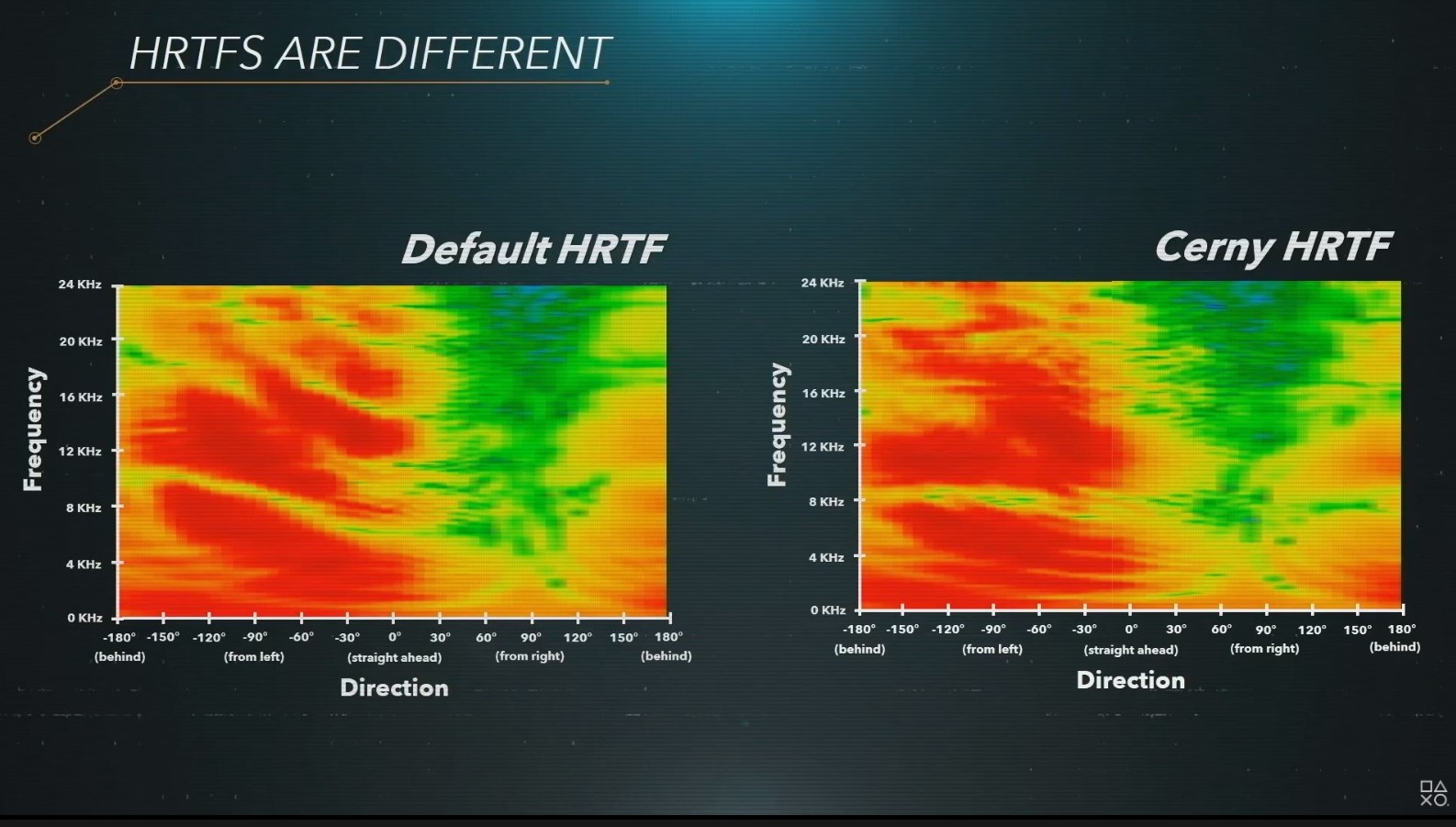PS5 won't use Dolby Atmos in games and may require you to send Sony a picture of your ears

In his deep dive into the PlayStation 5’s hardware this morning, PlayStation's chief architect Mark Cerny delivered some devastating news for 3D audio fans: the PS5 won’t use Dolby Atmos decoding in its next-gen hardware's games.
What it will use, says Cerny, is a new proprietary technology called the Tempest 3D Audio Engine that uses custom-built hardware and software algorithms to make in-game audio sound more realistic and true to life.
The difference, says Cerny, is that the custom solution will work with all stereo headphones on the market, and eventually soundbars, TV speakers and home entertainment systems - not just ones that buy a license from Dolby.
How it does that, according to Eurogamer, is basically via a re-engineered AMD GPU compute unit that works in conjunction with a Head-related Transfer Function to help position audio on a 3D sound plane. The effect will be similar to what Dolby is doing with its Dolby Atmos ecosystem of hardware and audio mixing, but Cerny says the PS5 won’t require specialized products to make it work… but, he says, it might require a picture of your ears.

Send Cerny a picture of your ears
To make the Tempest 3D Audio Engine work properly Cerny sampled hundreds of ears to create five preset HRTF table presets - and even showed the audience what his personal HRTF table looked like compared to others.
But accurate 3D audio relies on knowing the shape of the ears and head of the person listening to said audio, and that’s where things get tricky:
"Maybe you'll be sending us a photo of your ear, and we'll use a neural network to pick the closest HRTF in our library," suggested Cerny.
Sign up for breaking news, reviews, opinion, top tech deals, and more.
"Maybe you'll be sending us a video of your ears and your head, and we'll make a 3D model of them and synthesise the HRTF. Maybe you'll play an audio game to tune your HRTF, we'll be subtly changing it as you play, and home in on the HRTF that gives you the highest score, meaning that it matches you the best. This is a journey we'll all be taking together over the next few years. Ultimately, we're committed to enabling everyone to experience that next level of realism."
From the sounds of things, the data Cerny and his team have is a good starting point - and have clearly given this a lot of thought - but they’re going to need a whole lot more data to make 3D audio on the PS5 really shine.
With our powers combined...
Now, of course, not every game is going to have super complex audio sampling and rendering, and for those games, Cerny says the Tempest 3D Audio Engine can be used as an extra processor for certain types of calculations.
"Where we ended up is a unit with roughly the same SIMD power and bandwidth as all eight Jaguar cores in the PS4 combined," Mark Cerny reveals in his presentation.
"If we were to use the same algorithms as PSVR, that's enough for something like five thousand sound sources - but of course we want to use more complex algorithms, and we don't need anything like that number of sounds."
That extra power might be necessary because, as it stands, there are real questions about how the PS5 stacks up against the Xbox Series X specs...
- Here's everything that happened at the PS5 spec reveal event

Nick Pino is Managing Editor, TV and AV for TechRadar's sister site, Tom's Guide. Previously, he was the Senior Editor of Home Entertainment at TechRadar, covering TVs, headphones, speakers, video games, VR and streaming devices. He's also written for GamesRadar+, Official Xbox Magazine, PC Gamer and other outlets over the last decade, and he has a degree in computer science he's not using if anyone wants it.